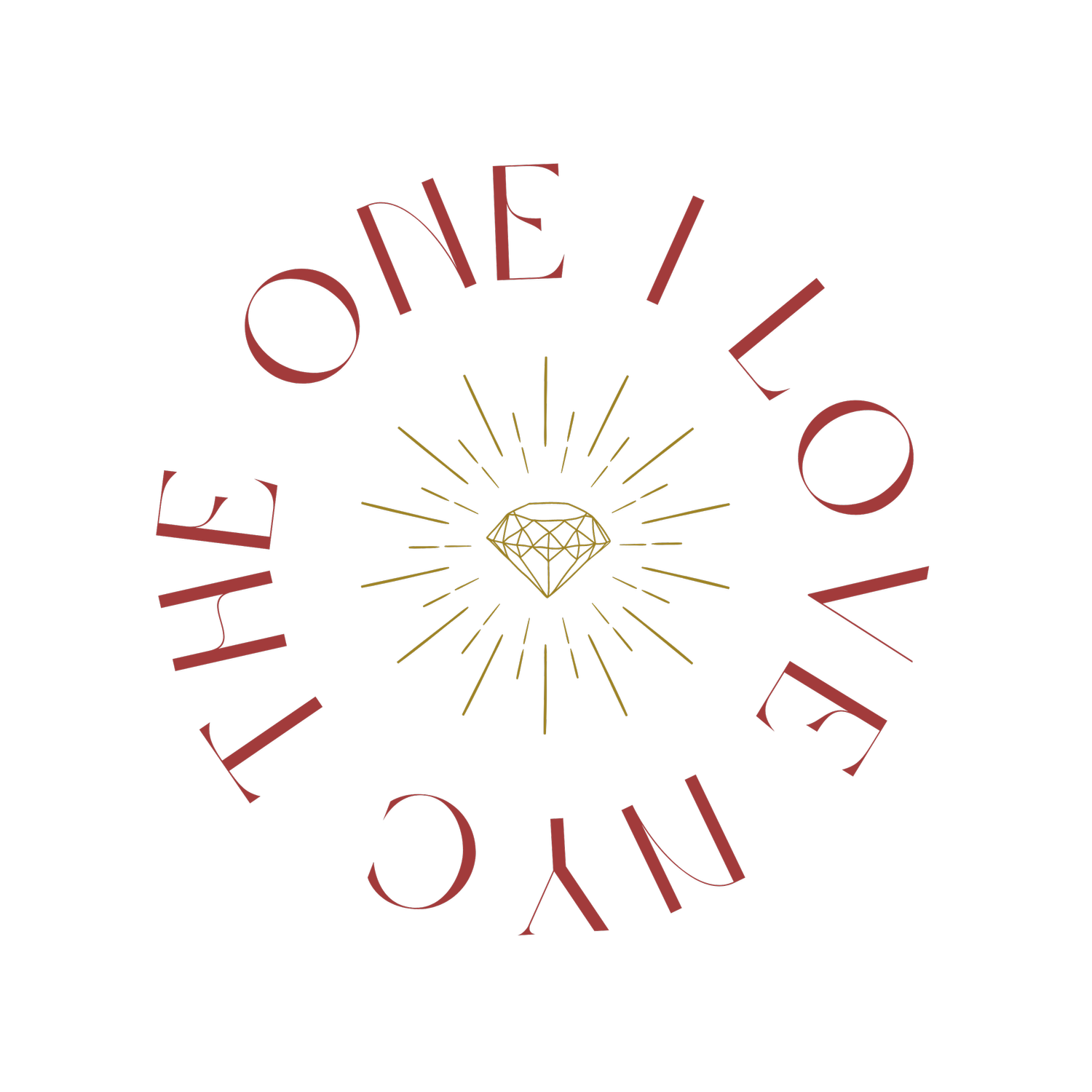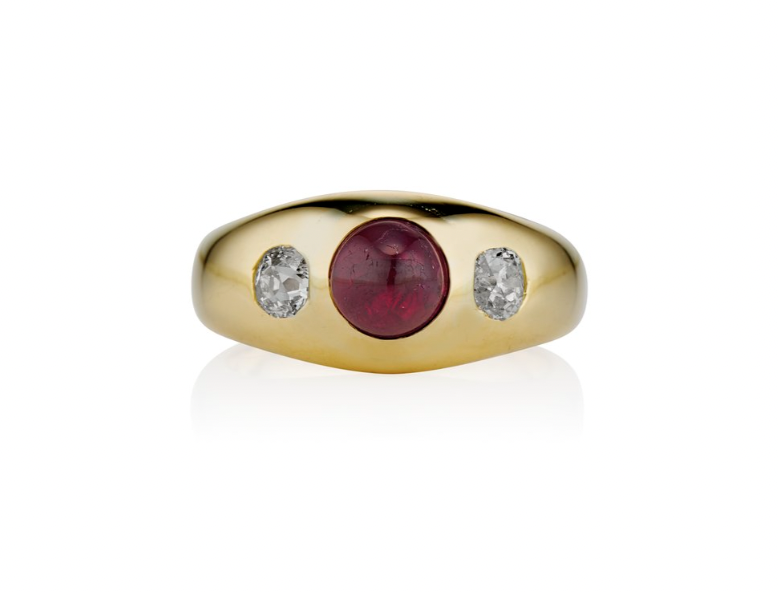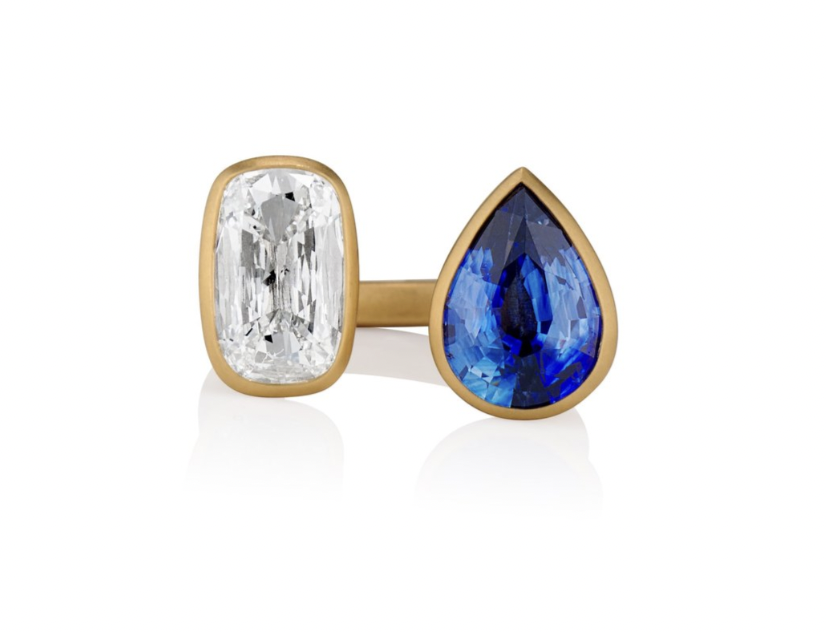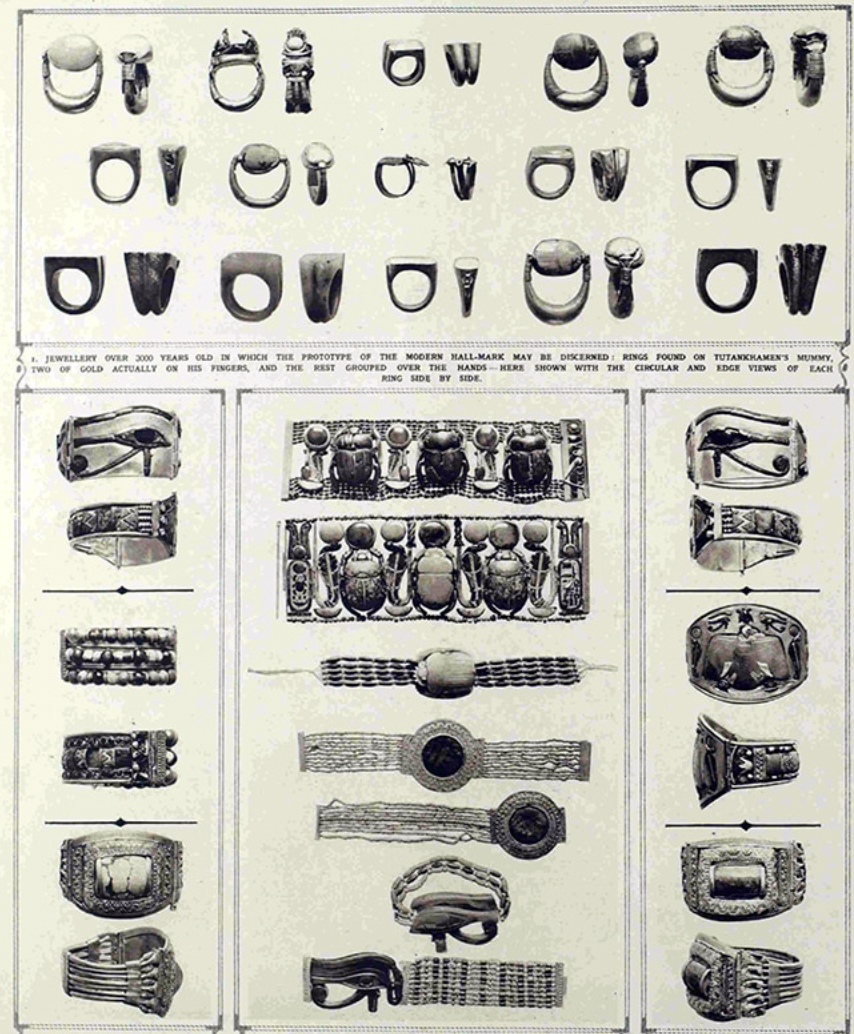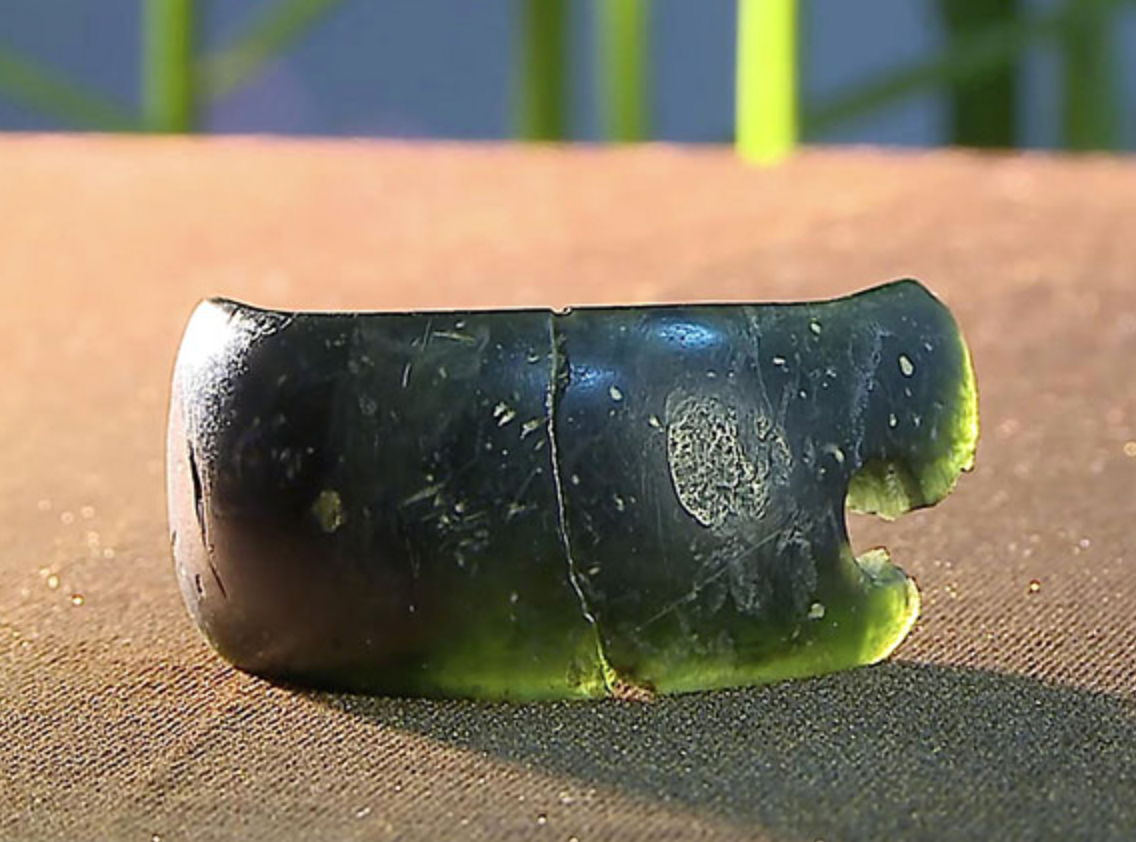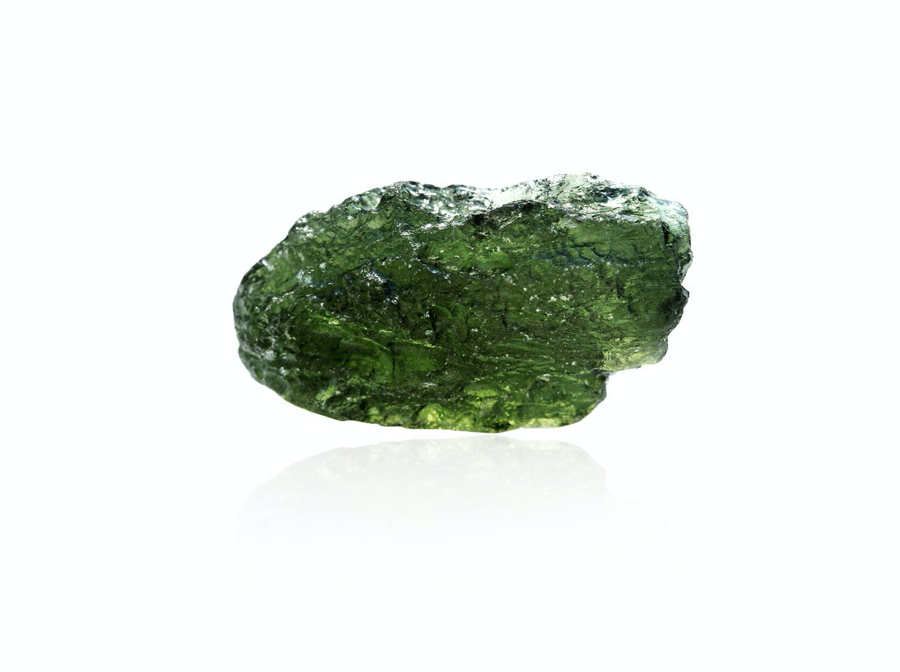Fighting Perfectionism - Teachings from Aseanté Renee
As we close out Women’s History Month, The One I Love NYC is exploring what it means to be a woman today, tapping into the wisdom and inspiration from women in our community. Women have faced immense challenges throughout history—our achievements are downplayed and our roles are often narrow. Coming together in community for support, action, and advice allows women to reclaim our space and set a new narrative together.
We recently sat down with Aseanté Renee, the Founder & Chief Wellness Officer of The Axon Group, a transformative coaching firm specializing in Recovering Perfectionists, Corporate Wellness, and High Performing Creatives. In practice, Aseanté is an executive and performance coach with over two decades of experience in trauma informed care. Much of her expertise lives at the intersection of healing, wellness, leadership, and career advancement. Learn more at axongroupinc.com.
Read more about Aseanté’s journey here.
In your experience, how does society's expectations of perfectionism impact women's ability to embrace vulnerability?
Perfectionism robs us of the permission we give ourselves to be messy. To be flawed. To embrace trial and error. To be human. Society tells us we must be Superwoman in order to deserve a break and even then, we shouldn’t take it because there’s always something else to do. This makes vulnerability a weakness rather than a strength. A strength that taps into one of our greatest gifts - our intuition.
What strategies or coping mechanisms have you found effective in managing perfectionism and preventing burnout in your own life and in your work with clients?
If I’m honest, I don’t always prevent burnout in my life. I am a recovering perfectionist, meaning I’m still in recovery, still learning what tools work on a particular day, situation, or season of my life. And I think that’s the key for me. Releasing this one size fits all, prescriptive way of addressing my problems, my insecurities, my hard days doesn’t work. It can even start with acknowledging whatever feelings I’m trying to suppress, getting curious about why, and then seeing if I have capacity to explore solutions other than anxiously trying to “fix” everything. Perfectionism is like an anxiety accelerant - countering it requires slowing down. I know that’s not what people want to hear - I don’t even like to admit it, but it’s true. You don’t put out a fire with more fire. You use a different element. Our bodies tell us when our perfectionism is being activated long before our minds catch up. Slowing down allows us to check in with our bodies and notice when something feels off, sounding the alarm to an unhealthy coping mechanism we may be susceptible to use.
Can you discuss any cultural or societal factors that contribute to the prevalence of perfectionism among Black women, and how does it impact their mental health?
Since our enslavement in this country, our value has been synonymous with our labor. We were only as valuable as what we produced. Fast forward to now and many of us have understandably internalized that mentality. Think about it, often the acknowledgment of Black women comes from some problem we solved that we didn’t create, some resilience we exhibited that made others lives easier, or some mess we got people out of who still only see our value in our doing. Seldom do we see mainstream messaging around us being lifted up for anything other than labor. The phrase “if you want something done, get a Black woman to do it” is as insulting as it is telling of how we are perceived. And if this is our “role” in society, where is there space, where do we have permission to be human? Perfect is a standard placed upon us and when we fall short, the consequences are dire. Imagine always having to be on, to be ready, to be activated in anticipation of…well, everything. It's exhausting. It's unfair. And it’s detrimental to our mental and emotional health.
What signs or symptoms should individuals be aware of that may indicate they are experiencing emotional burnout due to perfectionism?
Signs of burnout include, but are not limited to brain fog, making careless mistakes, compassion fatigue, increased cynicism or irritability, constant health issues, low to no energy, lack of motivation or enjoyment of things. And all of these things can trigger shame which activates more perfectionist behavior.
Looking back on your journey, what advice would you give to your younger self who may have been struggling with perfectionism and its consequences?
I don’t really have any advice because let's be honest, the perfectionist in me probably wouldn’t have listened anyway. I needed to go through what I’ve been through to appreciate the revelations and growth I have and am still experiencing.
